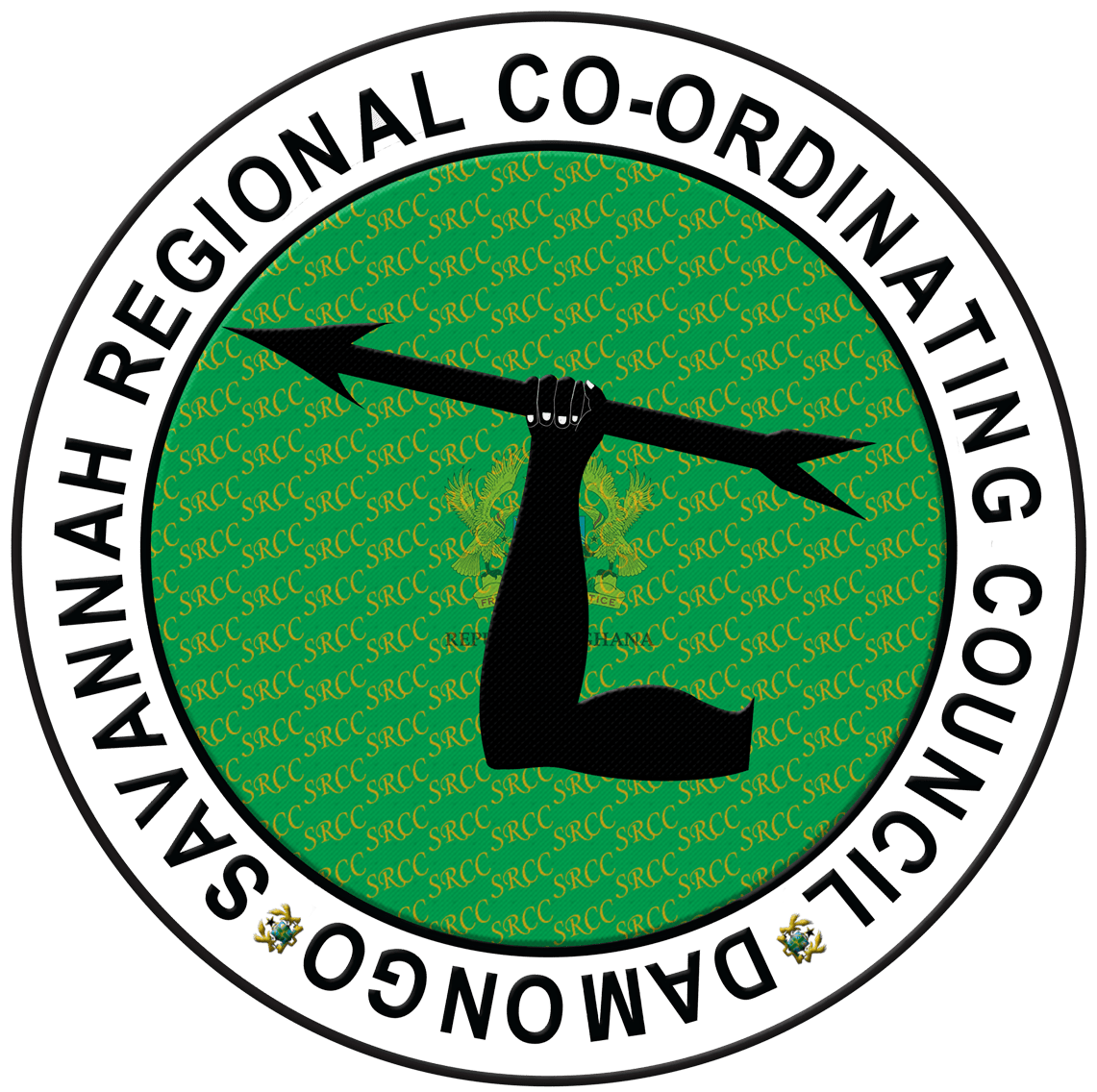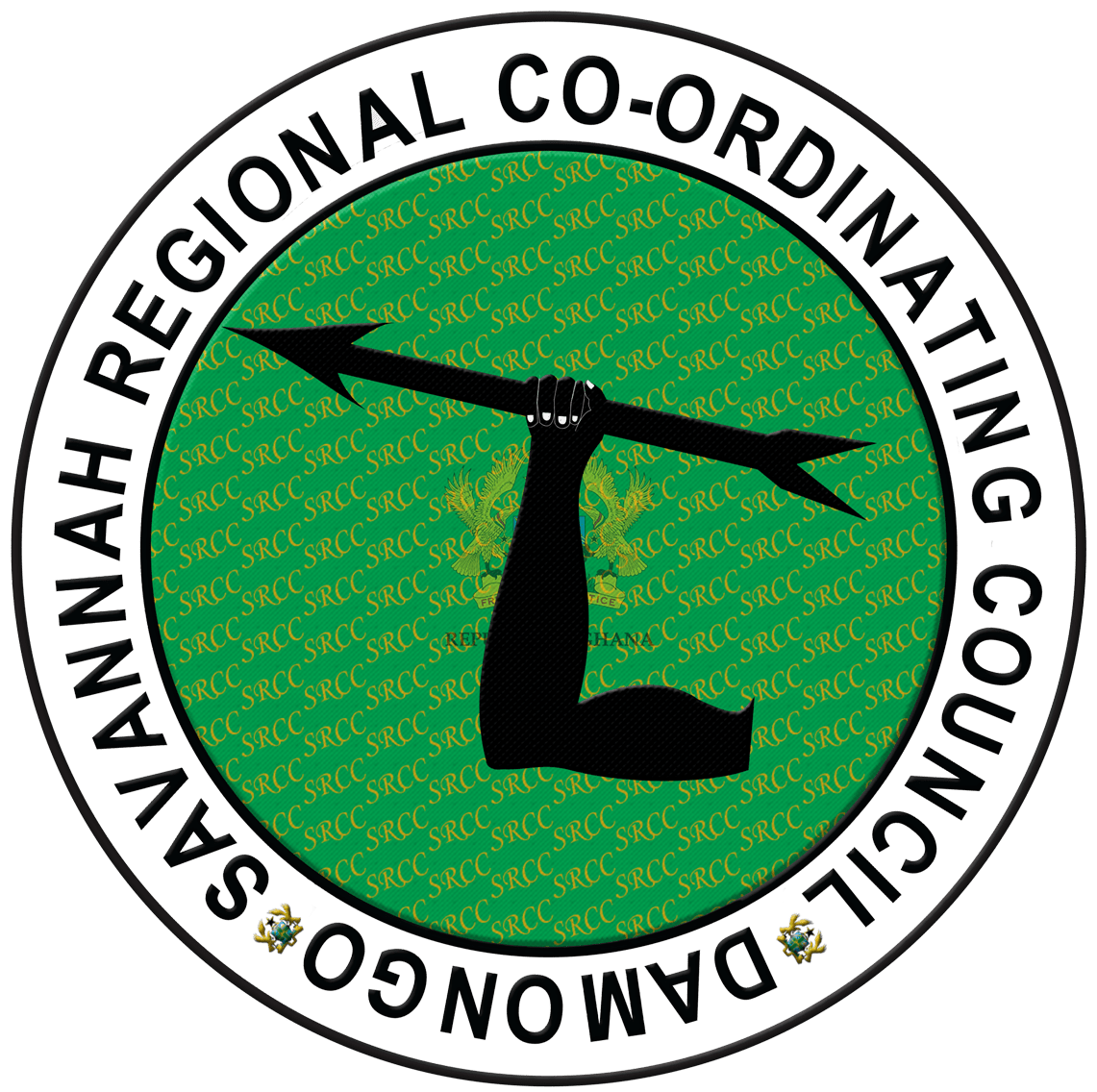The Larabanga Mosque, believed to be the oldest mosque in Ghana and West Africa, is affectionately known as the ‘Mecca of West Africa’ due to its profound historical and architectural significance. With dimensions of approximately 8m by 8m, it has secured a place on the World Monuments Fund’s List of 100 Most Endangered Sites.
Controversy surrounds the mosque’s origins, speculated to date back to 1421. Legend suggests it was constructed by Ayuba, an Islamic trader who, prompted by a dream, found the mosque’s foundation mysteriously laid upon waking. Made of mud and sticks, following Sudanese style, the mosque stands adjacent to a grand baobab tree, said to be Ayuba’s final resting place.





Featuring four entrances designated for various members of the community, the mosque also houses a centuries-old Quran, purportedly a divine delivery to Imam Bramah around 1650. Located in Larabanga, a predominantly Muslim town near Damongo in the Western Gonja District, entry to the mosque is restricted to Muslims.
Beyond its weekly role as a venue for Friday prayers, the mosque serves as a significant pilgrimage site for Muslims across Ghana. On special occasions, devotees congregate for prayers and Koranic recitations. Private readings, sought by individuals facing challenges or seeking spiritual guidance, are arranged upon request, often accompanied by charitable donations to the community.
Historically, Islam spread across Northern Ghana, facilitated by trade routes and missionary efforts. The Sudanic architectural style, prevalent in the region, is characterized by timber-supported roofs, pyramidal towers, and intricate buttresses. Larabanga Mosque, like others in the Northern Region, exemplifies this style, employing local materials and techniques.
Situated west of Damongo, Larabanga is easily accessible, just a short distance from the renowned Mole National Park. For travelers, Damongo serves as a gateway, located approximately 72 miles west of Tamale.




























